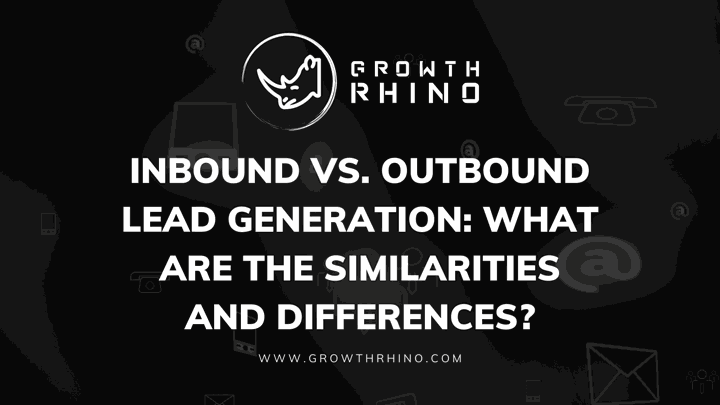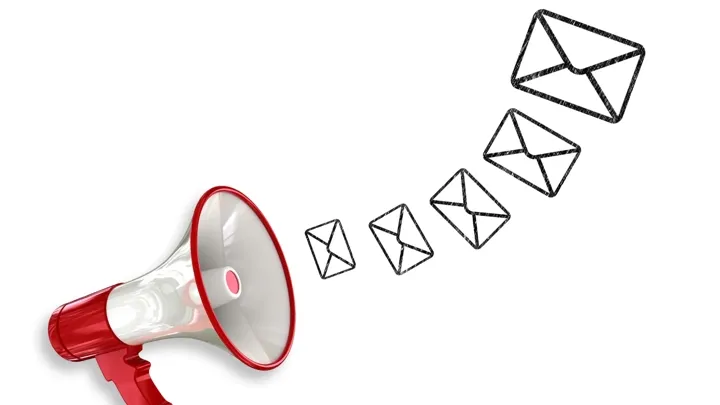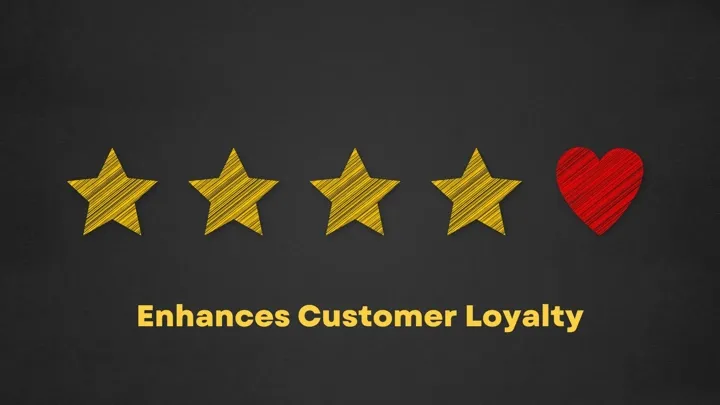
Aside from their prefixes, they sound almost the same. However, they have huge differences that can make our break your online business. By reading through this article, you’ll be able to weigh the difference between outbound and inbound sales.
We will go through both marketing methodologies so you’ll know which among the 2 is most effective for your company, or if you should use both to maximize the benefits.
What Does Inbound and Outbound Mean?
Inbound leads marketing is a strategy that revolves around attracting your target audience by serving as a companion for them in making purchasing decisions. We might say that the inbound leads’ definition is like taking the customer by the hand from brand discovery to brand loyalty. The truth is, “inbound lead” as a term was actually coined so it will be the exact opposite of outbound.
Outbound lead generation is the act of channeling a message outwards in order to capture audience interest and attention. If we take both inbound and outbound symbolically, we might imagine inbound to be a magnet tht attracts like-minded individuals, and outbound should be a megaphone that makes itself heard.

Inbound marketing is a set of techniques and tools that are based on attracting potential customers in a non-intrusive manner. This includes attracting more traffic to a blog, website, social media page, or video streaming channel. With such a form of attraction, viewers could be converted into leads and sales, which of course generates revenue.
Since inbound lead marketing did not emerge until 2005, it is quite understandable if people refer to outbound to be “traditional” while inbound is regarded as “modern.” Experts, however, do not agree that it is exactly the case.
Some digital marketing methods like display advertising can still be categorized as outbound. If you truly want to make the most out of your marketing campaigns, a combination of both inbound and outbound lead generation services should be conducted in varying degrees, depending on specific scenarios.
The differences between inbound and outbound can be summed up in this manner:
Inbound Lead Generation:
- Clients approach you.
- You need to employ content marketing.
- Blog/video posts must be created.
- Social posts must be specific/organic.
- White papers must be published.
- Ebooks and other reading materials can be utilized that anybody can read.
- High intent is present since people come to you.
- Sales volume is high since a lot of people are interested.
Outbound Lead Generation:
- You approach clients.
- You will perform interruption marketing.
- Ad boxes must be created.
- Social ads are generalized.
- Email for collected addresses must be sent.
- Specific messages and ad copies must be tailored, which takes a lot of time to make.
- Low intent is present since you interrupt people.
- Sales volume is low since few people are interested.
5 Main Components of Gaining Inbound Marketing Leads:
1. Visitor Attraction:
Getting visitors to your company website is very crucial so that the entire process of your business can begin. For this, techniques like Search Engine Optimization (SEO), Search Engine Marketing (SEM), content marketing, and social media marketing are used.
2. Inbound Lead Conversion:
This is where users are lured into your online portal with compelling content such as blog posts, videos, or any other form of media that they might find useful. In exchange of their information such as email and contact information. This can later help in making them frequent visitors and in generating sales.
3. Automated marketing:
This is about inbound lead management scoring and lead nurturing, which can convert them into customers that will make them subscribers and buyers to the products and services you’re offering.
4. Client Loyalty:
Any strategy would be deemed incomplete if done without considering the loyalty that your clients will give. This is mainly about how you make your clients loyal to your company’s brand, and how they will make repetitive purchases of your products.

5. Data Analysis:
To sum up these components, you need to analyze the results based on your company’s performance. This includes clients’ response to your posts, ads, and the purchases they made. This is necessary so that you can remodel or re-adjust your tactics to make them more suitable to your goals.
One of the most effective ways of analysis is via the conversion funnel approach. At the top of the funnel are the users who visit your website or social media page. At the bottom of the funnel are site visitors that have been successfully converted into buying customers. The endgame of inbound leads marketing, so to speak, is making money out of those who approached you. That’s the simplest way to put it.
Outbound leads marketing revolves around reaching out to a very large number of consumers and convey your company’s relevance to them. Within the realm of digital marketing, we perceive outbound lead generation strategies in the form of banners, ad boxes, video presentations, and email marketing.
Key Differences of Lead Generation Types:
Outbound marketing is by nature “quantity-oriented.” This is because its very purpose is to reach out to the greatest numbers of consumers as possible. The downside to this, however, is that it has a very low rate of success. This is because not too many of the consumers you are about to approach will not be very interested in the products and services you are offering.
In contrast, inbound marketing has a very high success rate since the clients who are visiting your website show some interest already in the content you’re offering, which brings them very close to purchasing your products. They already made the first step in drawing closer to you.
This makes them very willing to give their email addresses or any form of contact information. They might even give you some referrals about the next people to approach, which will naturally increase your potential revenue.
Why You Must Enhance User Experience?
In outbound marketing “interruptive approach” is used because you will interrupt internet users with whatever it is they are doing or browsing for, hoping that you would get their attention and draw them to your website. Think of TV commercials and website pop-ups that will present themselves automatically. Web banners and ad boxes also do the same with those flashy animations they generate.
Although these methods are effective in getting people’s attention, they could be very disruptive to people and might just annoy them. Recently, there is a rise in popularity of ad-blocker apps because many people hate the idea of getting interrupted with their online habits.
In inbound marketing, user interruption is kept very minimal since user intention is already set in place. If they decide to read your blog’s content or watch your video, it means they are truly interested in what you can possibly offer them. This gives inbound marketing a bigger advantage compared to outbound marketing.
If you get even luckier, they might even leave vital information that can be brought back to your site because of their subscription. Eventually, they might make more purchases from your affiliate marketing efforts. With inbound marketing, resources are ensured to be dedicated to those who are truly interested.
Inbound Leads vs. Outbound Leads - Which Is Better?
Although there is substantial statistical proof that inbound lead generation offers a much higher return of investment, it doesn’t mean that it is perfect in itself already. The truth is that it has lots of limitations too. The scope of inbound marketing is limited only to those who visited your site, or those who established contact with you – those who subscribed to your content, or those who gave you their email addresses.
For this reason, experts in digital marketing highly recommend that both inbound and outbound marketing should be used to complement each other, and must be used strategically in very specific conditions.
One of the best approaches in establishing the balance between inbound vs. outbound leads is by reaching out to potential clients first via advertising and email marketing, and later convert them into loyal visitors – this is where inbound marketing works in perfect conjunction with outbound marketing.
Solid Principles in Inbound and Outbound Marketing:
In conducting either outbound or inbound marketing, here are 3 principles that you must religiously implement.
1. Segmentation:
Whatever the size of your marketing campaign, you have to be very clear about what your company is all about, what it is that you can offer, and why people should give their attention to you. Based on your buyers and potential clients, you can develop profile segmentation so you can classify them accordingly.

2. User Respect:
Although outbound marketing might be your option, you should always remember that being too intrusive will not always result in rejection but will earn you a bad reputation as well. Offering valuable content is the key to this approach. If you gave them helpful content in exchange for the intrusion you did, they will feel that you’ve just given them value and this can greatly boost your popularity.
3. Auto-marketing:
This can be implemented to all types of marketing campaigns and could greatly reduce human errors. This can also make your marketing efforts a lot less laborious because software algorithms will do the job for you. In this method, web banners and ad boxes will appear in people’s social media walls based on their content preferences. This costs money but is definitely one of the very best methods to popularize your brand.
Conclusion:
In maximizing the outcome of any business endeavor, you have to be aware of how far you’ve achieved for a certain period, or how poorly you might have performed in contrast to your competitors. This means that gathering data that can keep track of your performance must be conducted as well so you can make near-accurate projections about what strategies you should implement in the next phases of your endeavors.
